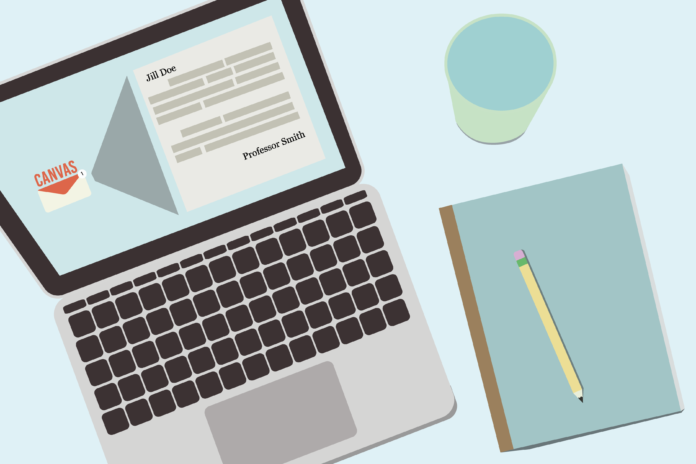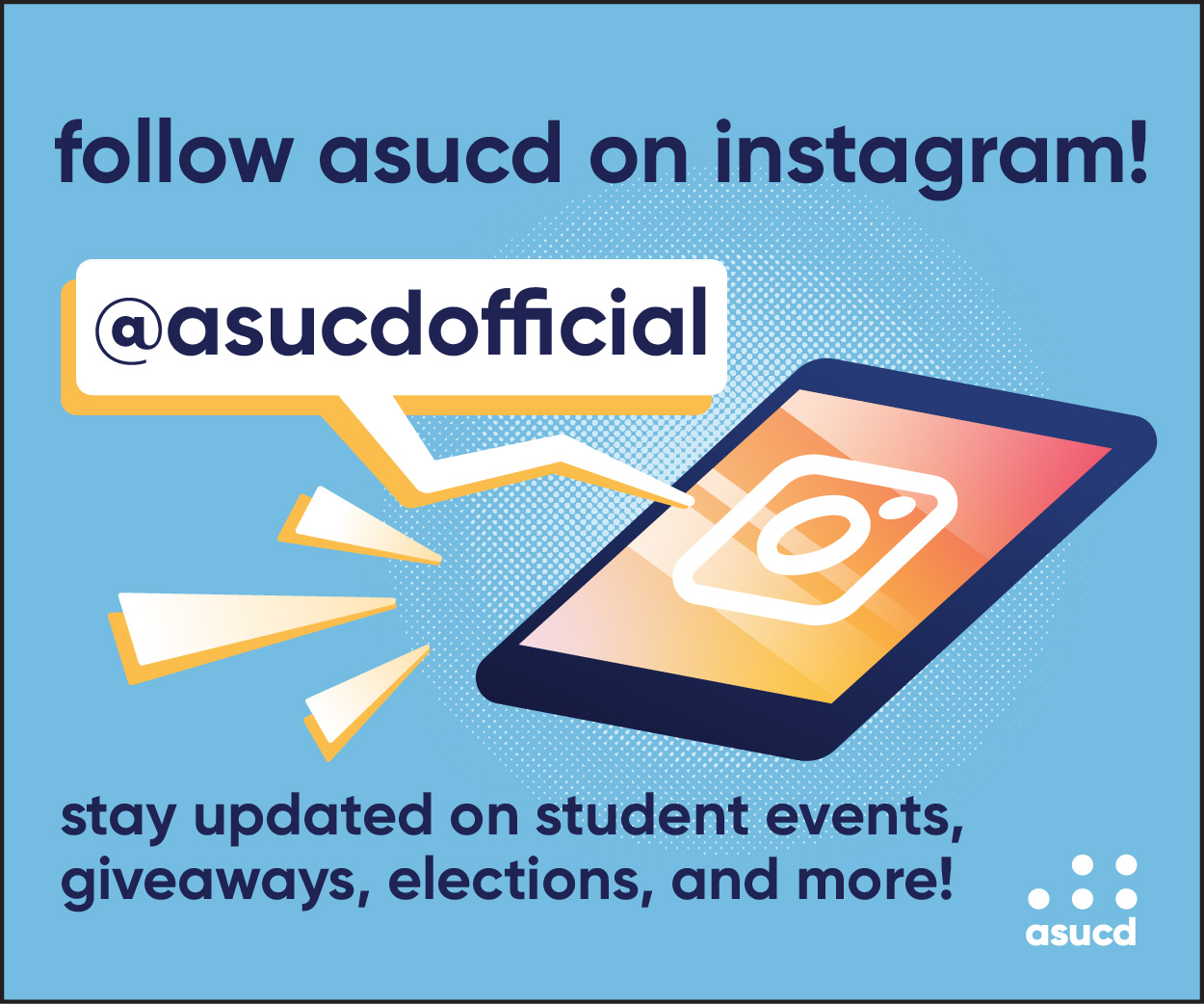Can work-life balance exist with learning technologies like Canvas?
By NADIA ANEES — nsanees@ucdavis.edu
My phone lights up with a new Canvas notification from one of my professors: “ANNOUNCEMENT: Dear class, regarding your midterm paper due this…” I stop reading. It’s 9:35 p.m. and I am sinking into the couch and watching Gilmore Girls on Netflix to silence my mind after a long day. A slight pressure in my forehead resurfaces thinking about the midterm paper I’ve been procrastinating writing.
My first-ever experience with virtual classroom spaces was when my middle school English teachers set us up with Google Classroom. I thought it was such a cool concept at first—I could share and upload posts with my whole class and read what my teacher had to say within this single page at any time! Today, after having used Canvas for more than five years, I have 24/7 access to my courses, and I’m so excited to be done with it once I graduate.
Don’t get me wrong—Canvas is very convenient. With just a few clicks, I can stare at the 88.9% in my design class, which will not be rounded up no matter how hard I focus on the tiny percentage in the bottom corner of my screen. It also allows students to calculate their potential grades, check for important announcements and access resources that have been posted.
I appreciate the ways in which educational technology has helped make communication and collaboration in the classroom easier, but at what cost? I miss the days when class ended after the school day was over. But with constant push notifications, email announcements and reminders sent to me through all my devices, I find the classroom hard to escape. School is simply on my mind all day, everyday.
The role Canvas played during the COVID-19 pandemic felt like the only source of connection between me and school since classes were entirely virtual. However, now that school is back in person, I feel that in moments when I want to unplug from schoolwork after a heavy day or week of classes, I end up feeling less present as soon as I see a notification or message about school.
So naturally one would probably ask me, “Nadia, why don’t you just turn off notifications from Canvas?” During the pandemic I would take weekends off of Canvas, but I couldn’t help but feel a dreadful sense that I was a less committed student, potentially missing out on crucial information. I didn’t end up having many successful Canvas breaks—I felt constantly pulled back into the app.
Canvas is available not just through laptops, which most students commonly access their schoolwork through, but also on our phones through its mobile app. Notifications are sent to us in real time as they happen, so when my professor updates my assignment submission with a new grade at midnight, I get notified at midnight.
The prevalence of Canvas in our lives prompted me to think about how beginning from middle or high school, schools and institutions already normalize blurry boundaries between young people’s personal lives and work.
Most corporate jobs in America demand productivity that keeps workers preoccupied with work even outside of the 9 a.m. to 5 p.m. day. Worker loyalty seems to be proven when someone shows their dedication by working overtime and being more reachable. Slack, the communication platform, has built itself a terrible reputation for some workers. Just mentioning Slack in a room full of people causes an almost immediate eye-roll response. Slack, although efficient and easy to use, has made pinging co-workers so much faster than asynchronous email, though it’s at the expense of workers now needing to be available to receive questions and send replies at any given time.
The way we as students are pushed to blend our work and life together at all hours with the help of software like Canvas is desensitizing us for the difficult work-life boundaries that lie ahead of us in corporate workplaces, especially with apps like Slack becoming ubiquitous for many employees.
Written by: Nadia Anees — nsanees@ucdavis.edu
Disclaimer: The views and opinions expressed by individual columnists belong to the columnists alone and do not necessarily indicate the views and opinions held by The California Aggie.




